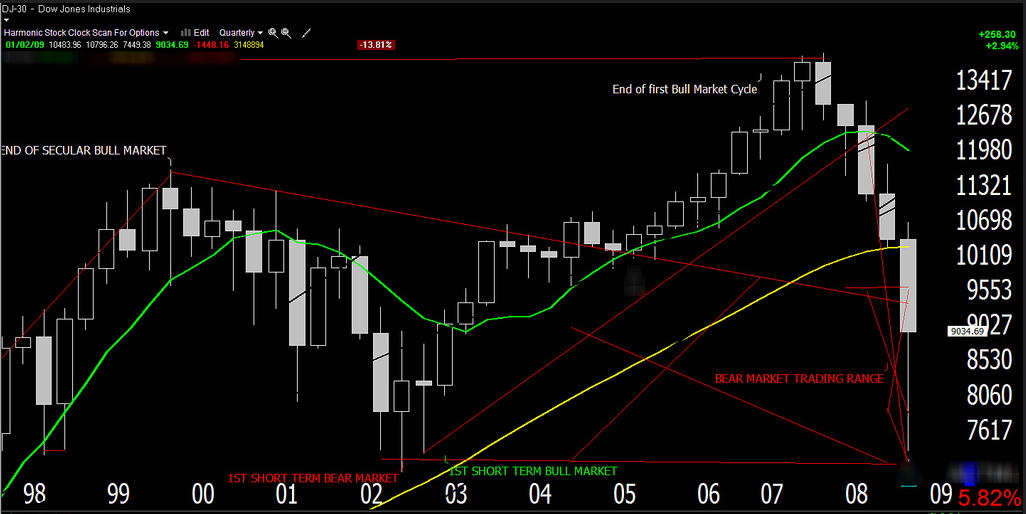You have contemplated it for some time and have decided it might be time to make the leap into stocks. It seems a lot of stories abound of stocks being held for decades and producing excellent returns. Your savings account isn’t paying anything and stuffing cash under the mattress isn’t viable, let alone secure. Maybe the time has come to dip your toes into the water.
The problem then becomes how to determine which stocks to invest in and which to avoid. Charts, beta, P/E ratios and EPS, are all so very confusing and can take years to fully understand. You don’t have years and need to go out and live instead of sitting by a screen watching quarterly earnings. So how do you know which stocks to pick?
Start with what you know. If you love a company and its product and hear others echoing the same sentiment, it is very likely doing things right at this time which will mean doing things right in the future. When you buy a stock you are not buying how the company is performing now, but rather how it is expected to do in the future. A hit right now has probably already been priced into the current value of the stock but it shows an ability create wins that bode well for the future of the company.
If you have loved a company or its product for years and years, it is a sign that this is a stable and safe stock. Maybe you and your friends have always loved shopping at Costco. This might be a good sign that this is a company that is sticking around.
It’s great to buy one stock but maybe two would be even better? Yes, two or even three and four can be the best option. One mistake that new investors frequently make is putting all of their eggs in one basket. The stock market can see movements in different sectors that are opposite of one another. Tech stocks might go up while transportation stocks are going down. This is why diversification is so important. If you like a retailer and buy their stock it is also good to maybe find a tech company and a heavy industries firm. It might be as simple as saying, “I like TJ Maxx, Apple and Caterpillar.” Over time it will be necessary to review the performance of each stock and rebalance if one has gained substantially and you need to take your earnings.
Social responsibility should always be on your radar. Your strong ethics and principles should translate into where you put your money. A company that you admire for its commitment to its employees, the environment or diversity is a good investment. Socially responsible companies traditionally outperform other companies over time as they are focused on long term value and not just the quarterly report. Your principles have given you success and meaning in life. This is no different for large companies.
One investment will empower you to learn and make better investments going forward. Nothing fosters learning like having hard earned money on the line. With an investment in a company comes the desire to watch its performance, learn what the terminology means and apply that knowledge to future investments. It comes quickly and an investment can often be a better learning tool than any complex finance class. This being said, you may still benefit from the help of a proprietary trading firm in Canada (or wherever you are) to ensure your strategy has placed you on a good trajectory. It can be hard for beginners to know whether their investments will be worth it, but a trading firm will have plenty of knowledge they can share with you, helping you to grow securely and more quickly.
Avoid anything that is too good to be true. Penny stocks, stocks that are touted in an email or online and anything that promises massive earnings should be avoided. They are scams. Stick to what you know and you’ll be ok. Remember that even the best investors in the world can’t even come close to the returns that stock scams advertise and this is a tip off to that fact that such returns will never come to be. Savvy investors know that steady returns that compound on themselves are true investing success. If you see a “guaranteed” investing system on TV, turn the channel.
If all of this still seems intimidating, buy an index fund. An index fund is a mutual fund that is tied to certain parts of the markets. A fund that tracks the Standard and Poor 500 companies provides natural diversification in that all different types of industries are represented. Also, because these funds are not actively managed by overpaid Wall Streeters, the fees are quite low. They can be an excellent introduction to investing in the stock market and perfect for the investor that doesn’t want to spend hours researching new companies.
Remember that when it is time to start investing don’t worry about all of the intimidating jargon, charts and numbers. Pick what you know, represents your principles and are comfortable with. Know that most the people on Wall Street that throw around those terms and numbers probably don’t know what they are doing either.
Lina Martinez is a zenruption contributor who has her degree in journalism from Michigan State. She frequently writes on topics concerning personal finance and politics. The guys on Wall Street might not know what they are doing but we are pretty sure that Lina does.
Feature photo courtesy of Flickr, under Creative Commons Attribution-Noncommercial license


